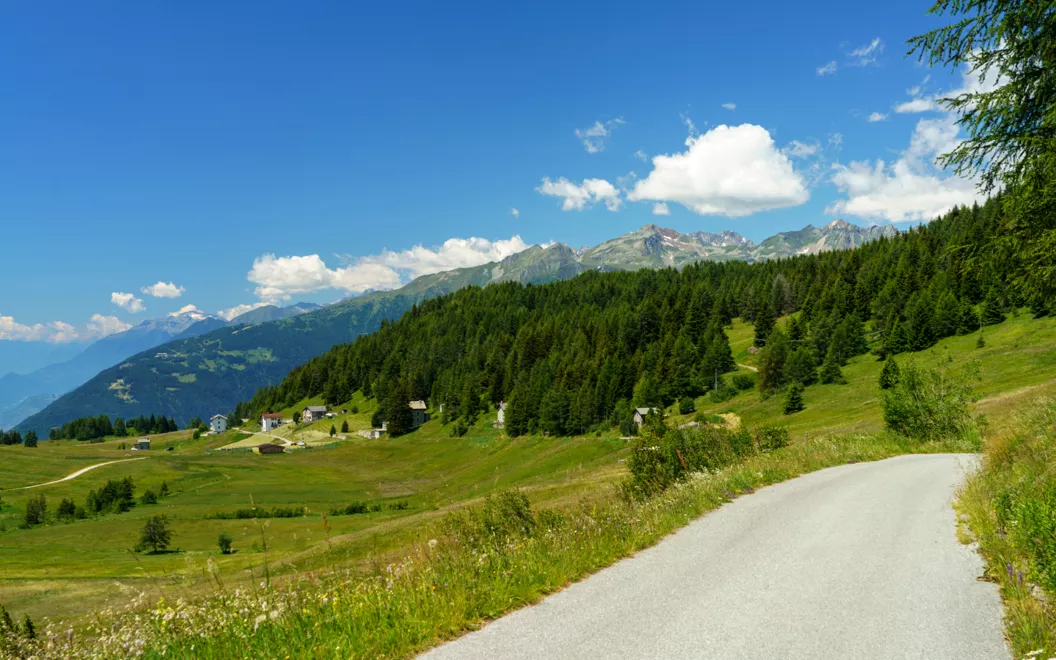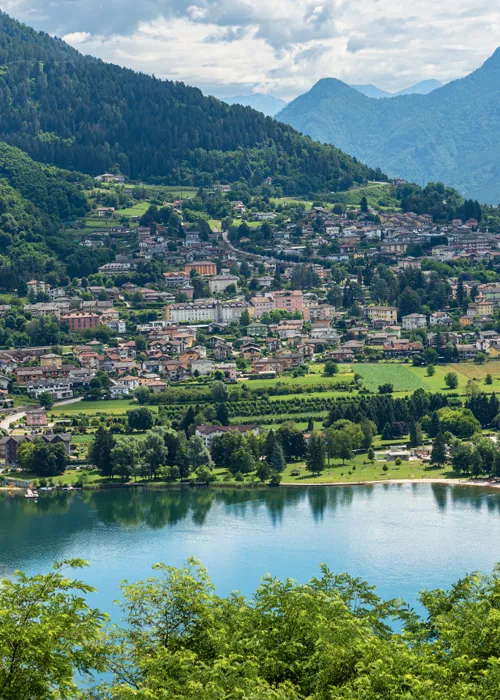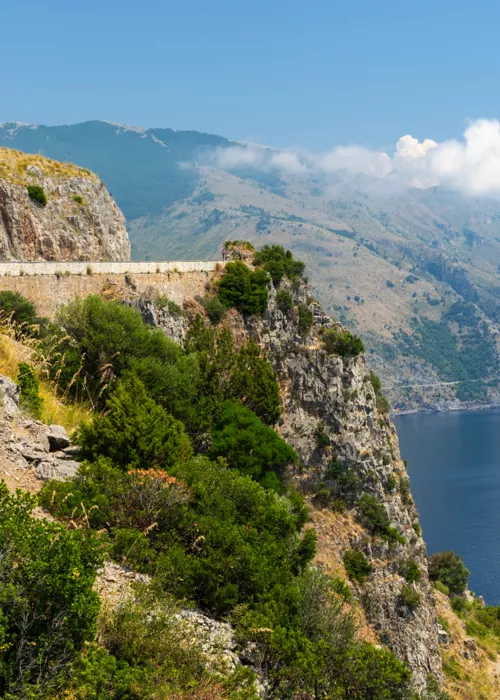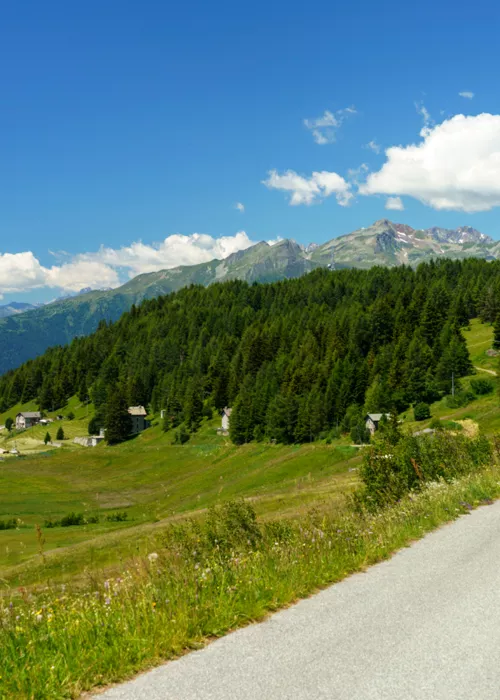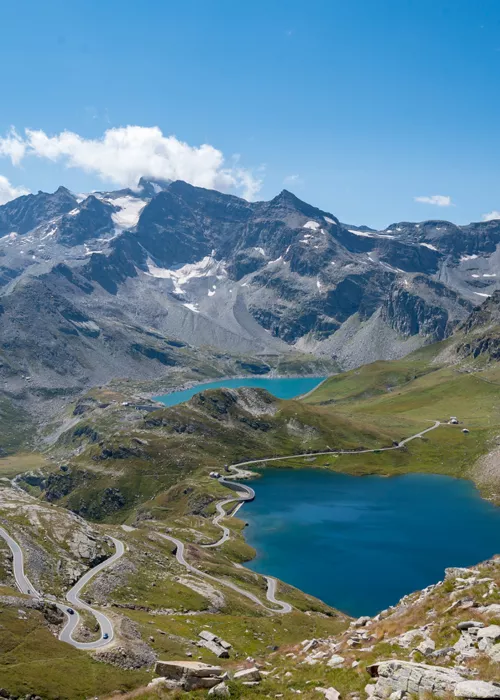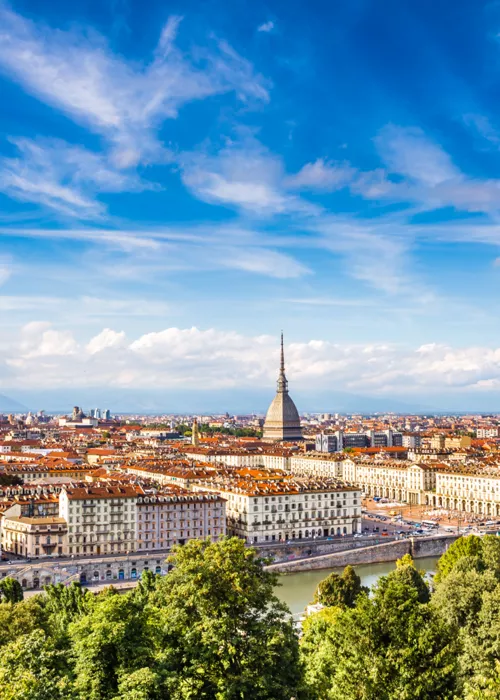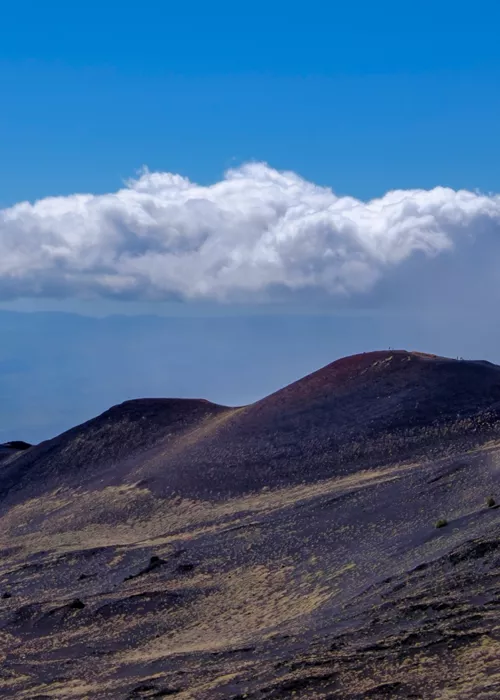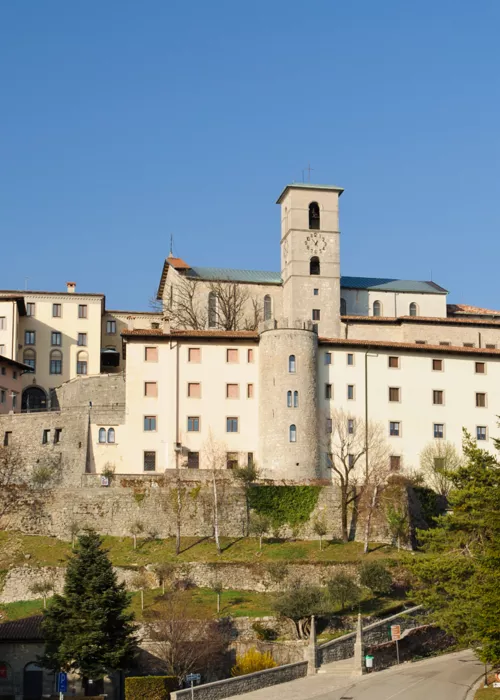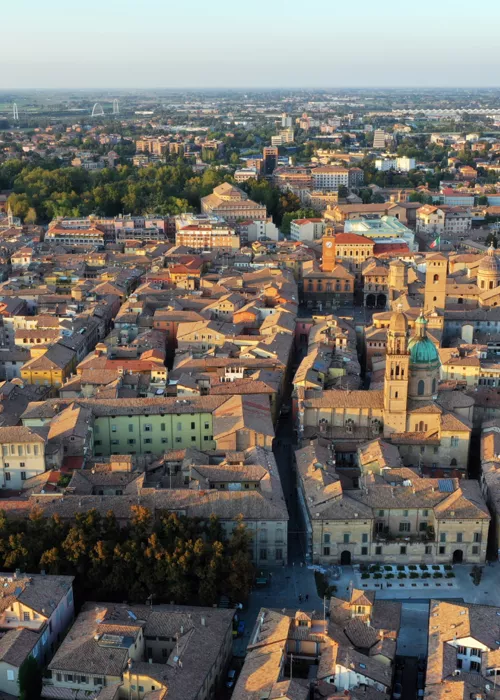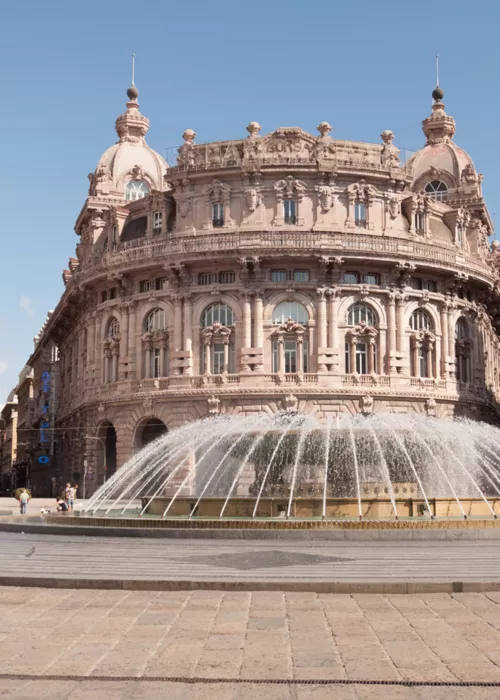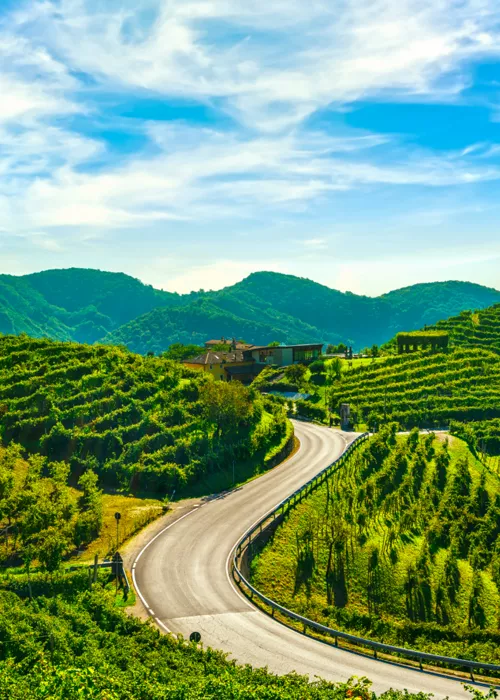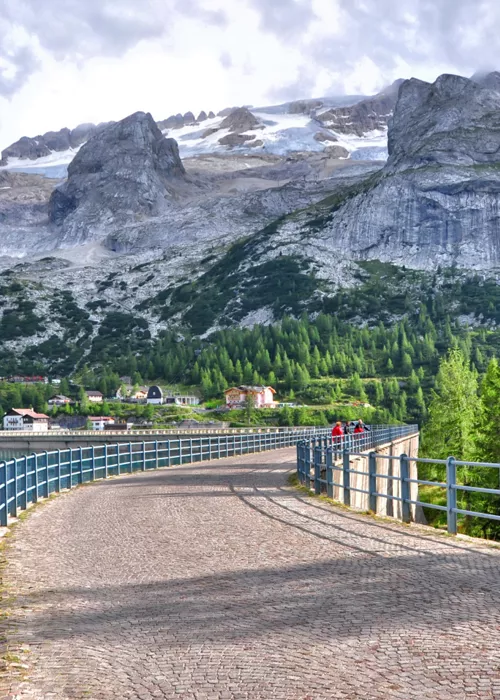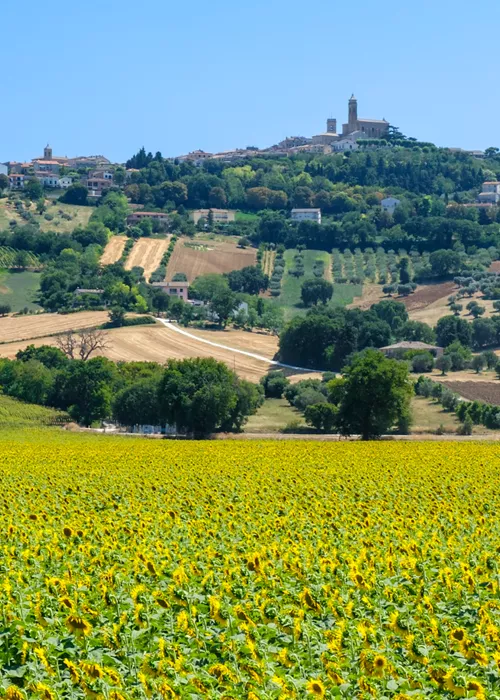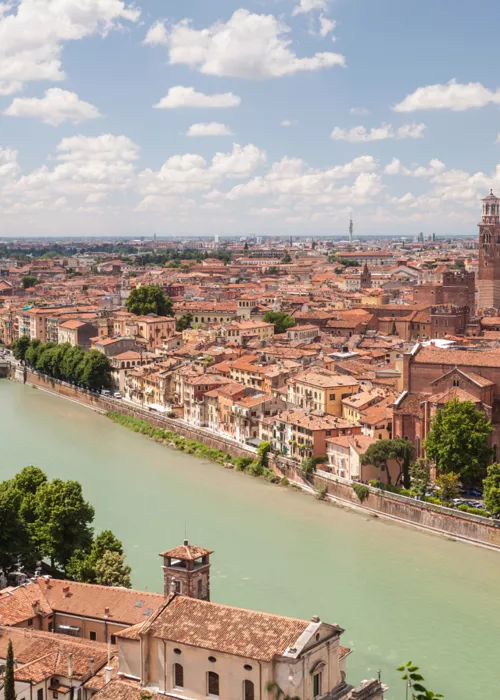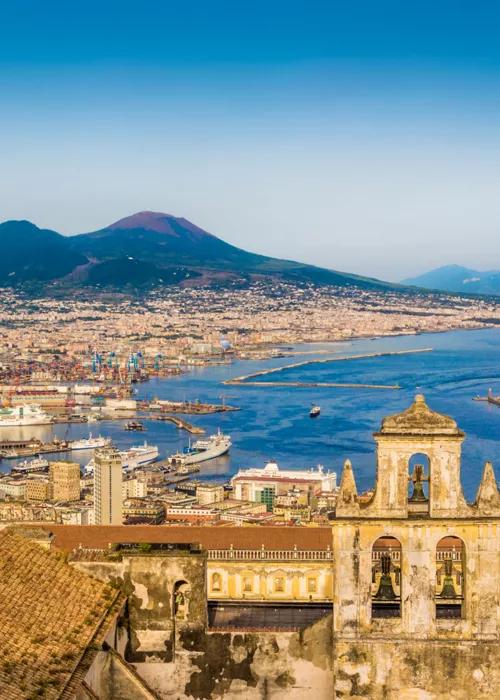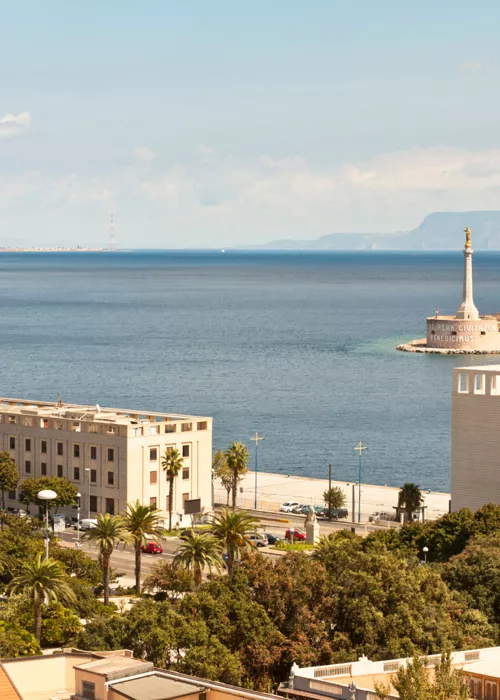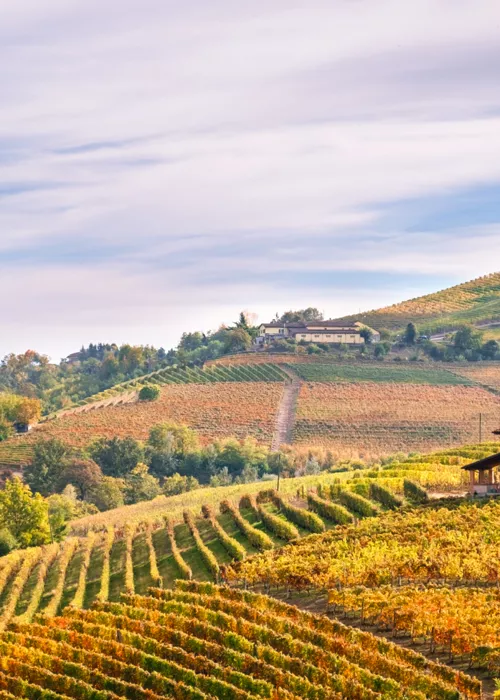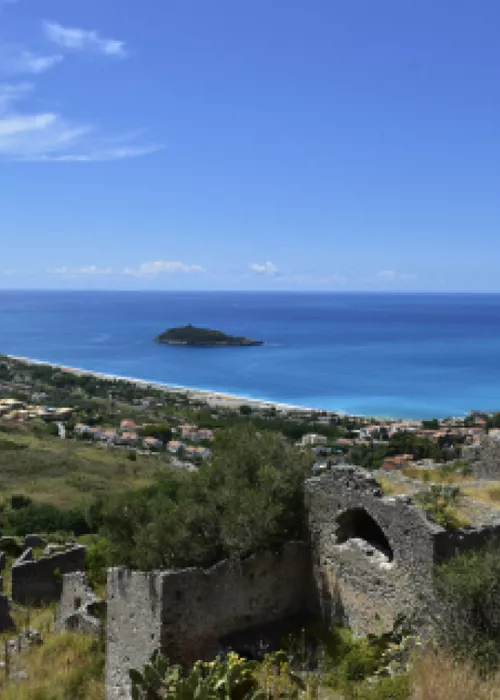A leap back in time

Lying on the Riviera dei Limoni, Salò is the perfect starting point for a cycling itinerary: a breakfast in the piazza overlooking the lake is enough to recharge your batteries in preparation for the challenge. But while you’re there, don’t miss the opportunity for a stroll under the arcades of the Palazzo del Podestà and once under the loggia, look up: on the wooden coffered ceiling are painted the coats of arms of the 52 municipalities that, together with Salò, were part of the Magnifica Patria at the time of the protectorate of Venice. After leaving Lake Garda, the peaks await you. You will negotiate a 30-kilometre climb to Goletto di Cadino, at almost 2,000 metres above sea level. The gradients, which in some places approach 20 percent, are the price you have to pay to conquer Valcamonica, beyond the mountain, where you will find the first of the Italian sites on the Unesco World Heritage List: one of the world’s largest collections of rock engravings. It is a veritable treasure trove, consisting of more than 140,000 drawings carved into the rock over 8,000 years, depicting magical symbols, hunting and farming, war and navigation scenes. Another piece of good news: the Rock Carvings Nature Reserve of Ceto, Cimbergo and Paspardo is on the route.
In the holy of holies of cycling

Rather than a cycling itinerary, the next stretch is a path into legend. On the Mortirolo, the pass between Valcamonica and Valtellina, some of the most beautiful pages of cycling history have been written. From above it looks like a coil of a snake coiling towards the sky. A tough climb with a detail that, however, plays in your favour: on this route, you tackle the climb from the more ‘human’ side, that of Monno, which starts in Edolo. 12.6 kilometres altogether run on very narrow hairpin bends, with an average gradient of 7.6 percent topping out at 16 percent. Having conquered the summit, watch out for the descent, on steep and narrow roads. Be aware, however, that a reward awaits you at the end. In Tirano, in the heart of the Valtellina, is the Accademia del Pizzocchero, which promotes the cuisine of the valley, a triumph of buckwheat tagliatelle (pizzoccheri, in fact), sciatt (pancakes filled with melted cheese) and polenta taragna. Sure, it’s not exactly the model athlete’s dinner. But if you have climbed the Mortirolo, you have earned it.
Among the peaks

Past a dozen flat kilometres, the route heads again upwards, into mountains shaped by terraces covered with wineyards that yeld prestigious wines, such as Sforzato. It climbs to Teglio, a lovely village surrounded by buckwheat fields, along a rather narrow road with sections at 15 per cent. After the descent to Tresenda, the route takes in the final climb, with the Valico di Santa Cristina as its destination. The second half is very interesting as it unveils its two characters: on the one hand, a spectacle because it crosses an enchanting alpine forest, on the other, a hard blow for the legs because of the steep ramps that reach 14 per cent. On arriving in Aprica, again straddling Valcamonica and Valtellina, catch your breath. You will be the first to want to put your bike away, to relax a little. The cues are all there. You can stretch your legs strolling through the narrow streets of the centre, among the houses frescoed with drawings of mountain landscapes. Or visit the Pian di Gembro Nature Reserve, a peat bog of glacial origin with some very rare species of wildlife and plants, including some carnivorous plants. The better, if you are with your family. In summer educational workshops with specimens of frogs, toads, newts and salamanders will delight the children.

